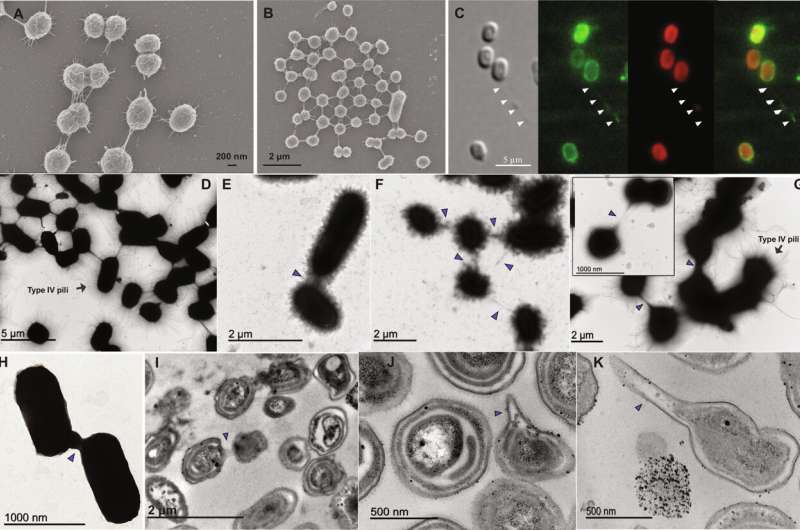Nanotubes connecting cyanobacterial cells have been discovered, marking a groundbreaking revelation in marine biology. The study, led by María del Carmen Muñoz from the University of Cordoba, sheds light on the intricate communication system of these vital organisms responsible for producing over half of the Earth’s oxygen.
The findings, recently published in Science Advances, unveil the existence of membrane nanotubes that facilitate material transfer between cyanobacteria. These tiny tubes act as bridges, enabling the exchange of substances among cells, showcasing a previously unknown level of interaction among these organisms.
“This discovery challenges our perception of cyanobacteria as isolated entities and highlights the interconnected nature of these organisms,” remarked researcher José Manuel García. The study suggests that cyanobacteria form a network where they communicate and share resources, emphasizing their crucial role as the primary photosynthetic organisms on the planet.
The multidisciplinary research team, comprising experts from various institutions, has conducted extensive experiments to confirm the existence and function of these nanotubes. Through advanced imaging techniques and meticulous analysis, they have demonstrated the material exchange occurring between cyanobacterial cells, providing valuable insights into their communication mechanisms.
The study, spearheaded by Muñoz and supported by a collaborative effort from esteemed researchers, signifies a significant milestone in understanding the complex dynamics of marine cyanobacteria. By unraveling the mysteries of these membrane nanotubes, the scientific community gains a deeper appreciation for the vital role these organisms play in sustaining life on Earth.
Published on 2024-06-06 09:51:02
Article from phys.org
